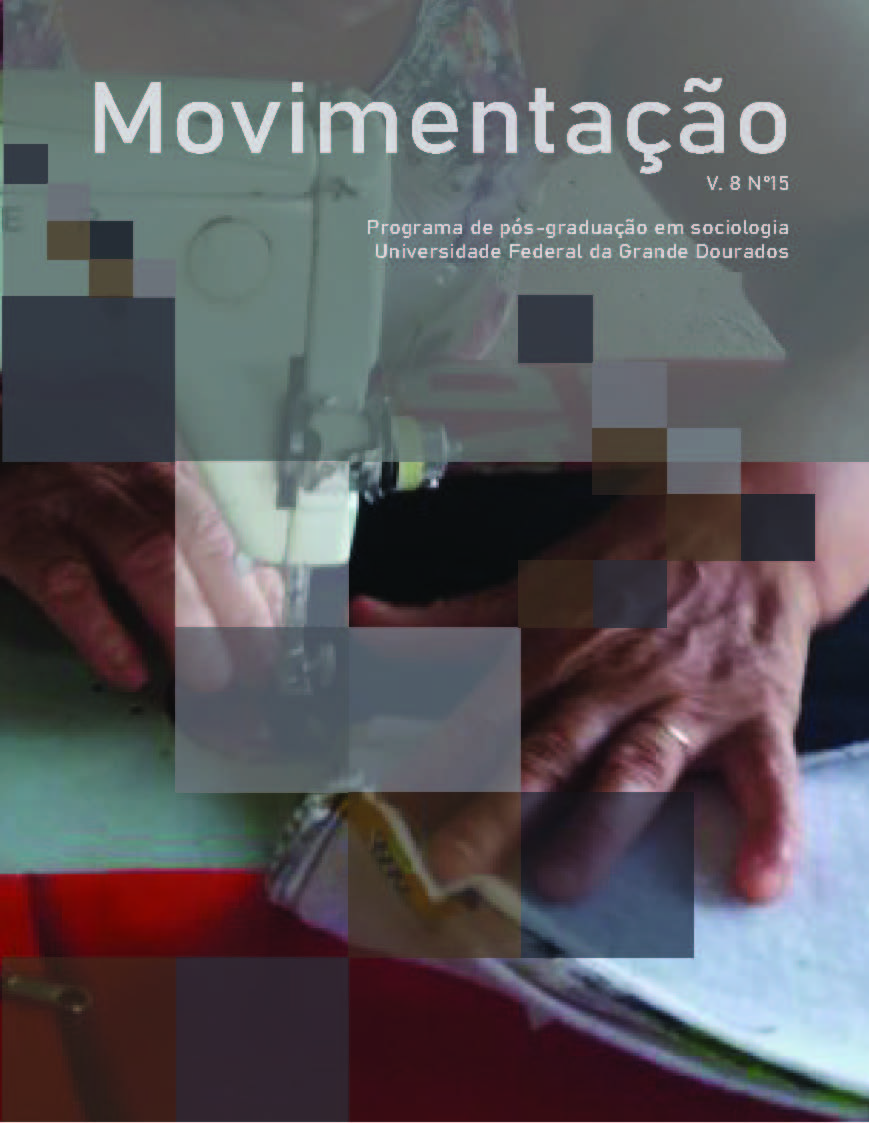Violência contra mulheres: superação e enfrentamento, uma realidade possível
DOI:
https://doi.org/10.30612/mvt.v8i15.15451Keywords:
mulheres, violência de gênero, superação e enfrentamentoAbstract
A violência contra mulheres neste artigo é conceituada no contexto da violência de gênero e tem suas raízes profundas na construção social de dominação do masculino. Como é construção social é possível ser descontruída segundo autores pesquisados, na perspectiva de fortalecer as relações de igualdade. A Lei Maria da Penha criada em 2006, caracteriza-se como principal instrumento legal de proteção à mulher, ela tipifica as formas de violência e criminaliza a violência contra as mulheres. Descrevemos brevemente de que forma os fatores históricos determinam os comportamentos machistas e violentos dos homens em relação às mulheres, resultando em relações desiguais. Vemos como o autor Pierre Bourdieu descreve a ordem social como uma máquina simbólica que alicerça e legitima o poder masculino, fundamentando a diferença biológica dos sexos, para afirmar a dominação e a violência. Analisamos os dados coletados, a partir de entrevistas com mulheres atendidas na Delegacia Especializada de Atendimento às Mulheres vítimas de Violência, de Dourados, MS, referente aos meses de junho e julho de 2018. Por meio desses atendimentos, possível caracterizar as formas de violência sofrida, seus autores e as características das mulheres atendidas. Descrevemos os mecanismos de enfrentamento à violência contra as mulheres, utilizando como referência, a Política Nacional de Enfrentamento à Violência Contra as Mulheres, que detalha a importância do trabalho em Rede no processo de prevenção, enfrentamento, combate e assistência às vítimas.Downloads
References
BRASIL. Presidência da República. Secretaria de Políticas para as Mulheres. Política Nacional de Enfrentamento à Violência Contra as Mulheres. Brasília, 2011.
BRASIL. Presidência da República. Secretaria de Políticas para as Mulheres. Lei Maria da Penha. Lei 11.340 de 07 de agosto de 2006. Coíbe a violência Doméstica e Familiar contra a Mulher. Brasília, 2011.
BOURDIEU. Pierre. A Dominação Masculina. Rio de Janeiro, Ed. Bertrand Brasil, 2012.
NETTO, Leônidas de Albuquerque. Org. Violência contra a mulher e suas consequências. Disponível em: http://www.scielo.br/pdf/ape/v27n5/pt_1982-0194-ape-027-005-0458.pdf. 2014.Acesso em 24/05/2019.
SAFFIOTI, Heleieth I. B. Gênero, Patriarcado, Violência. São Paulo: Ed. Perseu Abramo, 2004.
Downloads
Published
How to Cite
Issue
Section
License
Authors must accept the publication rules when submitting the journal, as well as agree to the following terms:
(a) The Editorial Board reserves the right to make changes to the Portuguese language in the originals to maintain the cultured standard of the language, while respecting the style of the authors.
(b) Authors retain the copyright and grant the journal the right to first publication, with the work simultaneously licensed under the Attribution-NonCommercial-ShareAlike 3.0 Brazil (CC BY-NC-SA 3.0 BR) that allows: Share - copy and redistribute the material in any medium or format and Adapt - remix, transform, and create from the material. CC BY-NC-SA 3.0 BR considers the following terms:
- Attribution - You must give the appropriate credit, provide a link to the license and indicate whether changes have been made. You must do so under any reasonable circumstances, but in no way that would suggest that the licensor supports you or your use.
- NonCommercial - You may not use the material for commercial purposes.
- Sharing - If you remix, transform, or create from material, you must distribute your contributions under the same license as the original.
- No additional restrictions - You may not apply legal terms or technological measures that legally restrict others from doing anything that the license permits.
(c) After publication, authors are allowed and encouraged to publish and distribute their work online - in institutional repositories, personal page, social network or other scientific dissemination sites, as long as the publication is not for commercial purposes.



